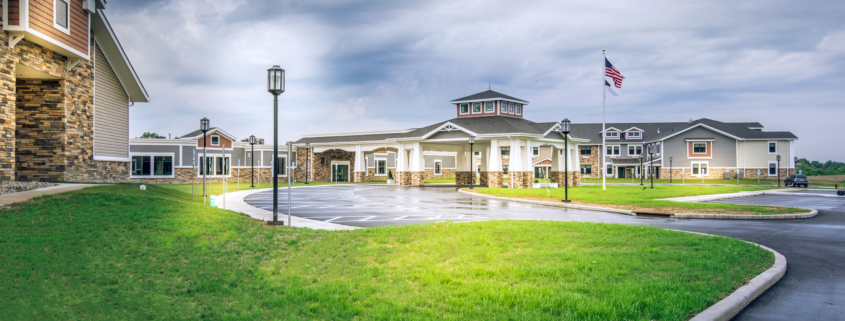In today’s world, the importance of inclusive spaces is gaining widespread recognition across various domains. Accessible spaces create environments that cater to the diverse needs of individuals and is not only a moral imperative but also a legal requirement in many jurisdictions. In this blog, we will delve into the concept of designing for accessibility and explore how it enables the creation of inclusive spaces that embrace people of all abilities.
Understanding Accessibility
Accessibility refers to the practice of designing spaces, products, and services that can be reached and used by individuals with a wide range of abilities and disabilities. It encompasses physical, sensory, and cognitive aspects, ensuring that everyone, regardless of their limitations, can navigate, interact, and participate fully in their surroundings. By adopting an inclusive approach to designing spaces, we can remove barriers and create environments that promote independence, dignity, and equal opportunities for all.
Universal Design Principles:
Universal design principles serve as a foundation for creating accessible, inclusive spaces. These principles advocate for the integration of features right from the initial design phase, rather than retroactively adding them as an afterthought. The goal is to ensure that spaces are usable by as many people as possible, regardless of age, size, mobility, or sensory capabilities. Some key aspects of universal design include:
- Barrier-Free Environment: Eliminating physical obstacles such as steps, narrow doorways, and uneven surfaces to allow for easy movement and navigation.
- Clear and Multimodal Communication: Incorporating visual, auditory, and tactile cues to convey information effectively to people with different sensory abilities.
- User-Friendly Layout: Designing intuitive and logical layouts that facilitate independent navigation and minimize confusion.
- Adaptability: Creating spaces that can be easily modified or adjusted to accommodate individual needs and preferences.
Accessibility in Practice:
Designing for accessibility encompasses various facets of the built environment, including:
- Architecture and Infrastructure: Incorporating accessible entrances, ramps, elevators, wide corridors, and appropriately designed restrooms to ensure physical access for all.
- Wayfinding and Signage: Utilizing clear signage, braille labels, tactile maps, and audio guidance to assist people with visual impairments in navigating complex environments.
- Lighting and Acoustics: Optimizing lighting conditions and acoustic qualities to enhance visibility, reduce glare, and improve sound clarity for individuals with sensory sensitivities.
- Assistive Technology Integration: Considering the integration of assistive devices and technologies, such as hearing loops or adjustable-height workstations, to support individuals with specific needs.
Beyond Compliance: The Inclusive Mindset:
While adhering to accessibility regulations and standards is essential, creating truly inclusive spaces goes beyond mere compliance. It requires adopting an inclusive mindset that embraces diversity and actively seeks input from individuals with disabilities throughout the design process. Engaging with the community and involving them in decision-making can uncover valuable insights, allowing designers to address specific challenges and create solutions that meet a wide range of needs.
The Benefits of Inclusive Spaces:
Designing for accessibility and inclusivity benefits not only individuals with disabilities but society as a whole. By breaking down physical and social barriers, inclusive spaces foster a sense of belonging, promote social interaction, and facilitate equal participation. Moreover, inclusive design often sparks innovation, as it encourages designers to think creatively and develop solutions that work for everyone. Additionally, accessible spaces have the potential to cater to a broader customer base, enhancing business opportunities and customer satisfaction.
Considering the accommodations of customers, clients, patients, and others is an essential aspect of creating inclusive spaces that cater to the diverse needs of individuals. By incorporating universal design principles, adopting an inclusive mindset, and embracing the input of the disability community, we can create environments that empower, include, and celebrate everyone. Through accessible design, we pave the way for a more equitable and inclusive future, where people of all abilities can thrive and contribute their unique talents and perspectives.
Visit Our Membership Directory for Top-Tier, Regional Contractors Here



